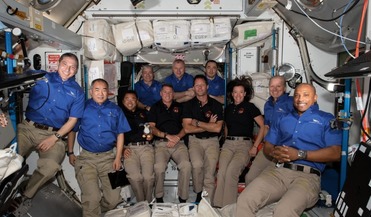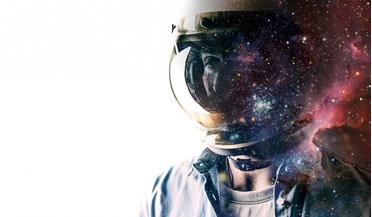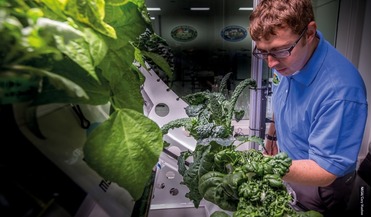 May 2022
Multinational training for interplanetary spaceflight crews
May 2022
Multinational training for interplanetary spaceflight crews
... foreign-speaking partners. Effective intercultural communication during the preparation and implementation of an interplanetary spaceflight programme can be achieved by relationships between crew members that ensure their mutual understanding and...
 April 2020
Is space poised to take another giant leap?
April 2020
Is space poised to take another giant leap?
... the current competitive race back to the Moon into something more sustainable. An Apollo-beating bound in human spaceflight in the 2020s might not be measured in commercial astronaut flights, or the flags of nations delivered to the lunar surface...
 January 2021
Time to change our relationship with space?
January 2021
Time to change our relationship with space?
... is not the answer – at least not yet. There will be no Planet B in my lifetime, nor my grandchildren’s. And yet human spaceflight is still being used to galvanise our youth into wanting to take on science, technology, engineering and maths (STEM...
 October 2024
Off-Earth risks to the human skeleton
October 2024
Off-Earth risks to the human skeleton
... and offer no justification to the view that risks to the skeleton will be excessive – at least for the present spaceflight durations and in view of currently existing preventive measures. Despite this, longer missions and distances from Earth...
 February 2023
How to grow plants in a spacecraft
February 2023
How to grow plants in a spacecraft
..., or PTH, but it requires regular injections and has a very short shelf life, which is problematic for long spaceflights. Therefore, a transgenic lettuce that produces PTH was engineered. Designing plants able to grow in space and be of use...
 May 2024
Beyond Earth’s magnetic field
May 2024
Beyond Earth’s magnetic field
...now be added, since it has been studied so little to date. In addition, hypomagnetic conditions may increase the impact of spaceflight factors and create additional risks to the health of space exploration crews in the future. Hypomagnetic fields are...